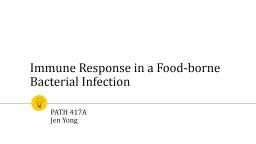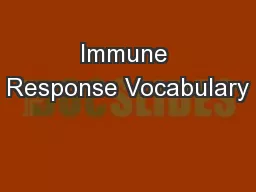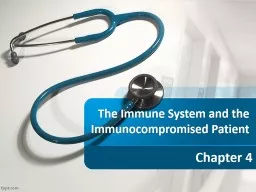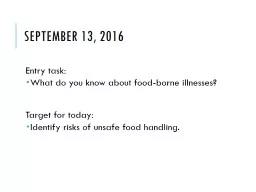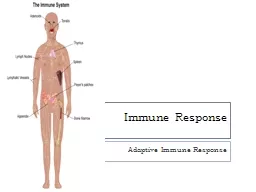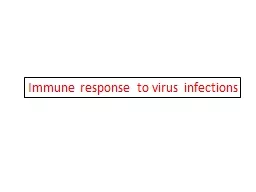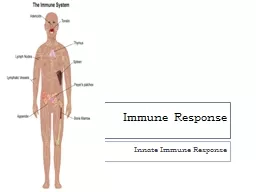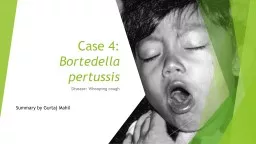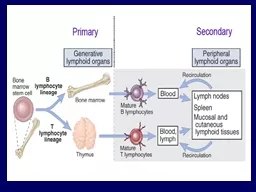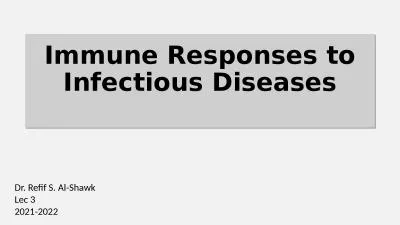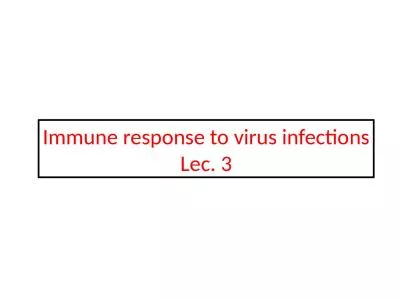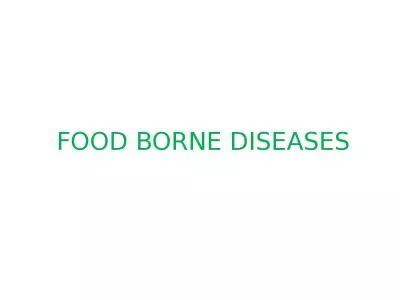PPT-Immune Response in a Food-borne Bacterial Infection
Author : conchita-marotz | Published Date : 2018-03-09
PATH 417A Jen Yong Case Foodborne bacterial infection One Too Many Hamburgers 10yearold Ronnie McDonald has developed abdominal cramps bloody diarrhea and a
Presentation Embed Code
Download Presentation
Download Presentation The PPT/PDF document "Immune Response in a Food-borne Bacteria..." is the property of its rightful owner. Permission is granted to download and print the materials on this website for personal, non-commercial use only, and to display it on your personal computer provided you do not modify the materials and that you retain all copyright notices contained in the materials. By downloading content from our website, you accept the terms of this agreement.
Immune Response in a Food-borne Bacterial Infection: Transcript
Download Rules Of Document
"Immune Response in a Food-borne Bacterial Infection"The content belongs to its owner. You may download and print it for personal use, without modification, and keep all copyright notices. By downloading, you agree to these terms.
Related Documents

